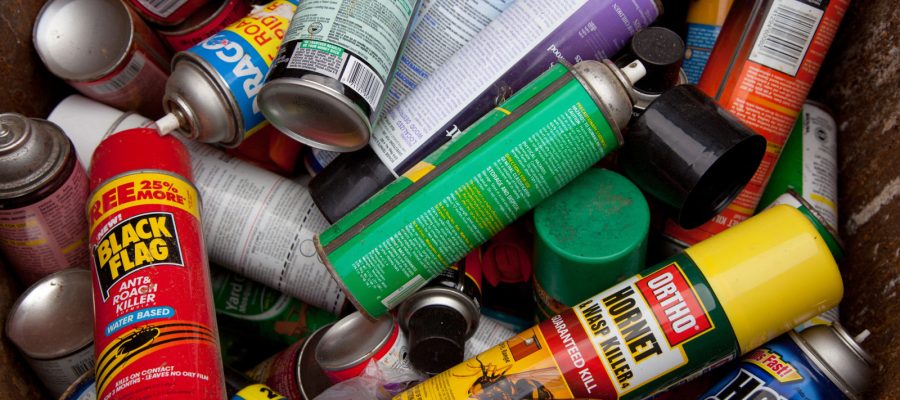hat are Volatile Organic Compounds (VOCs)?
VOC’s are comprised of thousands of dangerous gasses that can cause a variety of health hazards. They are emitted over time from everyday products as a byproduct of liquids or solids undergoing a chemical change. Paint drying is a common example, but that new car smell might not be such an obvious one. Most common products containing VOC’s either dry, breakdown, evaporate or burn whether by design or not. VOC’s also tend to concentrate indoors and it’s necessary to introduce fresh air in order to remove them as fast as possible. It’s important to know if something on your property is a constant source of VOC’s like old chemicals evaporating or various items that are slowly deteriorating.
Common sources of VOC’s
- paints and lacquers
- paint strippers
- cleaning supplies
- pesticides
- building materials
- furnishings
- office equipment
- craft materials
- auto products
What is Formaldehyde?
Formaldehyde is a naturally occurring, but dangerous chemical that can be found as a gas, liquid, or solid. It is produced by our bodies to aid cellular reactions. It’s also made synthetically for industrial applications and various niches industries. Because our bodies do metabolize formaldehyde into formic acid, small amounts are usually tolerated by most people, depending on the source. Long term exposure on the other hand can have health effects.
Where is Formaldehyde found?
Most common items containing formaldehyde around us:
- car exhaust
- cigarette smoke
- plywood
- particleboard
- adhesives
- wrinkle-free clothing
- paper coatings
- insulation material
- disinfectants
- cosmetics
Where to check for Formaldehyde build-up
The main sources of overexposure to Formaldehyde are in homes containing medium density fiberboard, hardwood plywood, and particle board. Outside of the home, the most common places are wood shops, garages, and labs using Formaldehyde products.




